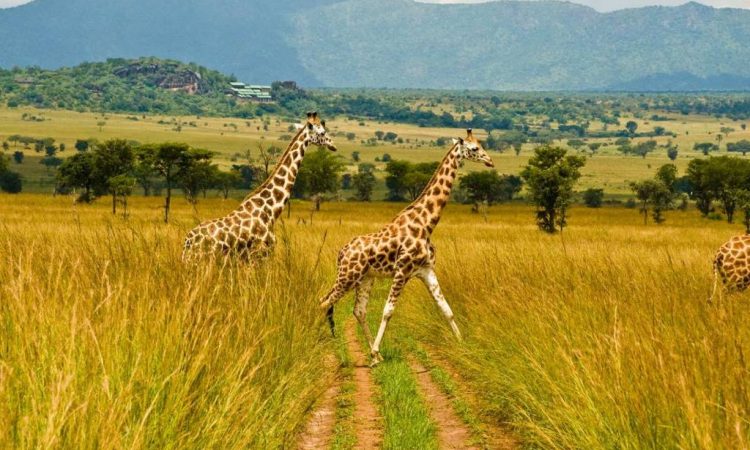Queen Elizabeth National Park is the second most visited national park in Uganda, found in Uganda’s western park. We can say that it’s hard to know exactly the best time to visit the Queen Elizabeth National Park because the weather keeps on changing.
What is known is that Queen Elizabeth National Park is visited all year round, meaning that you can go to Queen Elizabeth National Park and see the wildlife any time you want? Although it is like this, the best time to visit the Queen Elizabeth National Park for the uninterrupted wildlife sightings is during the dry season, i.e., when there is some sunshine.
This time, visitors narrated how they had or have enjoyed their time at Queen Elizabeth National Park. Queen Elizabeth National Park, usually the month of June through October, and then January to February, has been described as the best time when you can move and experience the wild life in the Queen Elizabeth National Park.

You also need to know that the wildness of Queen Elizabeth National Park in the west season is also amazing considering the flourishing green vegetables that come out during the wet season, which happens from March to May and then mid-October to early December. Therefore, you can plan your visit to Queen Elizabeth National Park to enjoy the wonderful wildlife experience provided by the park.
Queen Elizabeth National Park, like much of Uganda’s destination, has two wet rainy seasons and two dry seasons. When assisting you in planning your safari vacation in Uganda, we are here to provide you with the best safaris experience and providing you with the weather information in unpredictable weather patterns across the continent.
Visiting Queen Elizabeth National Park during the dry season
The lengthy dry season,
This begins in June and lasts through July and August, is the best time to explore Queen Elizabeth Park in western Uganda. The brief dry season, which begins in mid-December and lasts until late February, is also a great time to visit.
The two dry seasons in Uganda are ideal for a safari vacation in Queen Elizabeth. The weather is generally dry, with a few light showers thrown in from time to time. Because animals must frequent water sources to drink, the vegetation is thin, making it easy to spot wildlife.

During the dry season, there are fewer pests and it takes less time to navigate the roadways. During the month of February, which is the dry season, during the rainy season, the roads leading to Queen Elizabeth National Park are slick and muddy, making it impossible for cars to pass through the lodge.
At the same time, because there are fewer visitors to Queen Elizabeth National Park, hotels provide cheaper lodging rates to visitors, and tour companies have discounted deals for visitors to Queen Elizabeth National Park.
On the other hand, in Queen Elizabeth National Park, the rainy season begins in March, peaks in April, and lasts through the end of May. The brief rains, on the other hand, start around September and last until the middle of December. Parts of October and November are the busiest months.
Because of the reserve’s pure natural splendor, only a few discerning safari travelers visit during these green seasons. The rains offer a wonderful rush of new flora, but finding animals among the greenery may take longer.
Furthermore, because there is always plenty of precipitation available in the inner waterholes, the animals will approach the lakes or the Kazinga Channel for water less frequently.
Although traveling by car takes longer, you may expect to save money on your hotel or accommodation where you will be able to stay. Therefore, for if you visit during the rainy season, keep in mind that it does not rain continually throughout the day.
There are times when the skies are clear and the sun shines brilliantly. It may also rain in a few isolated places while remaining dry in others. Because of the weather, your guide may have to reschedule your game drives, boat rides, and nature walks though this is rare at times.
Conclusively, visiting Queen Elizabeth National Park provides you with the opportunity to go on a game safari and see the African big five wildlife creatures. Tree climbing lions in the Ishasha sector, enormous elephants in Queen Elizabeth National Park, cape buffaloes, and leopards are just a few examples. Please contact us for more information about your safari experience in Queen Elizabeth National Park.


Comment (0)